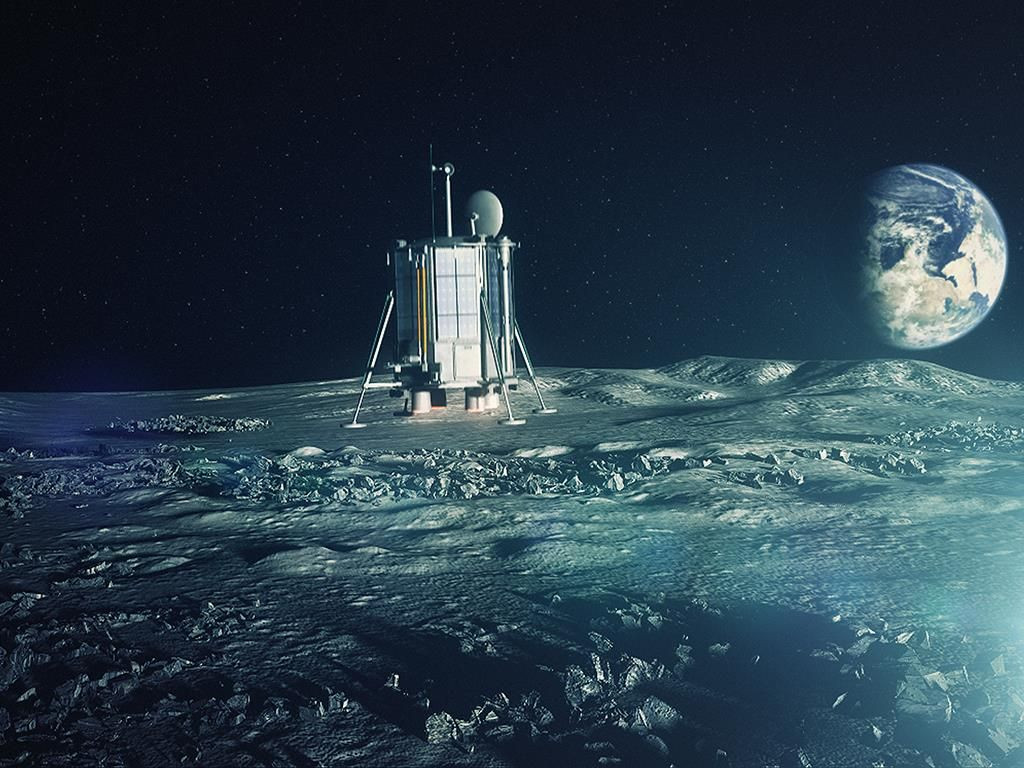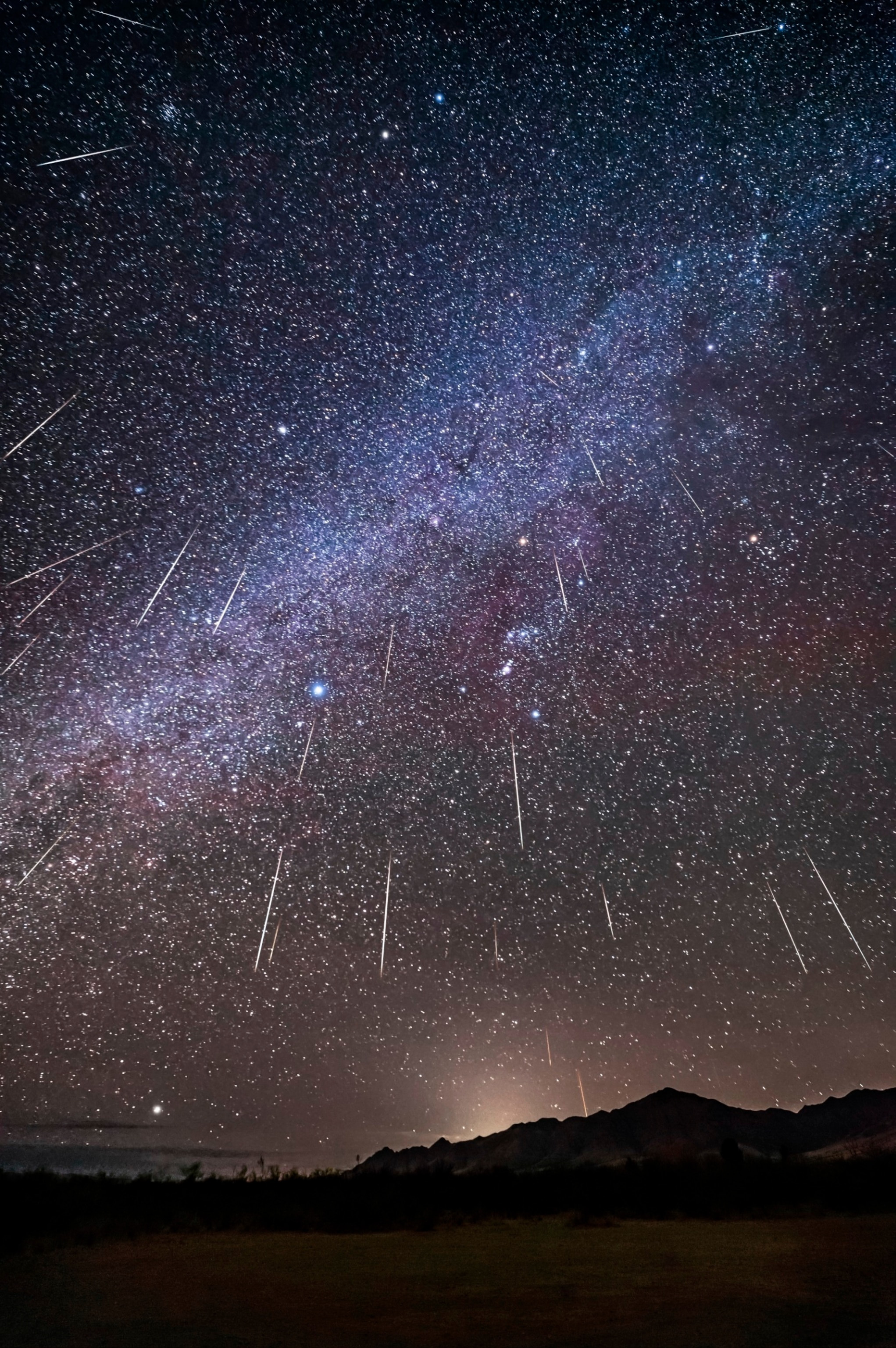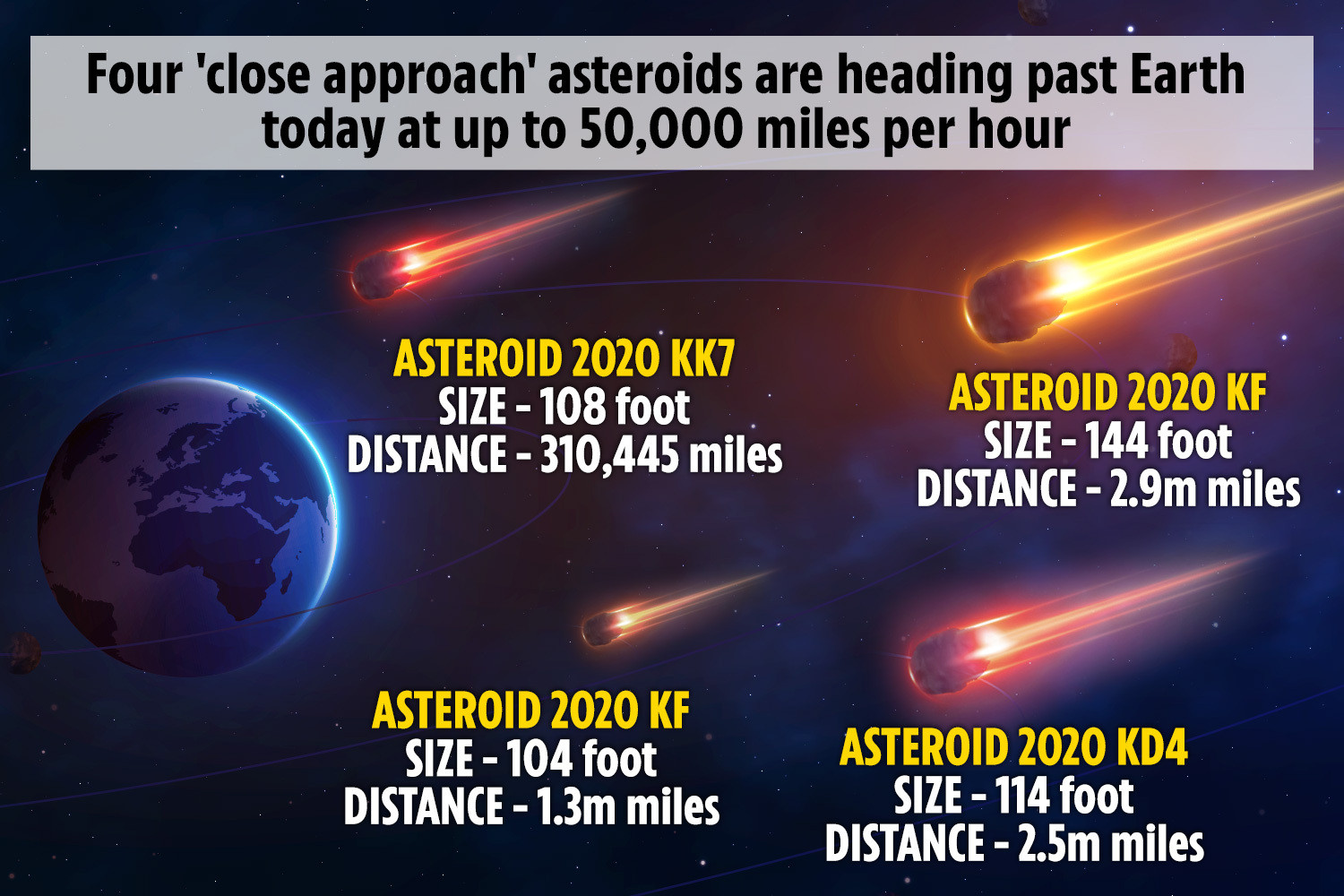The Moon might be a bit of a dark horse when it comes to water. While it appears dry and devoid of moisture at first glance, with no liquid water pooling on its surface, studies are increasingly revealing that it holds substantial amounts of water in unexpected forms and locations.
According to a new analysis of mineralogy maps, water and hydroxyl – another molecule made up of hydrogen and oxygen – can be found in multiple locations across all lunar latitudes and terrains, even where the Sun shines down most powerfully. This discovery has significant implications for our understanding of the Moon's geological history and ongoing processes, and could inform future crewed missions to Earth's satellite.
Previous studies had suggested that a significant amount of water might be locked away deep in lunar craters, particularly at high latitudes. These deep pockets are never touched by direct sunlight and heat, potentially harboring deposits of ice several meters thick.
However, recent research has revealed that other parts of the Moon could also contain water. The work of planetary scientist Roger Clark and his colleagues further supports this finding, showing that water and hydroxyl are quite abundant on the Moon, bound up in the minerals that make up the lunar surface.
Mapping the Lunar Water
The analysis revealed that water and hydroxyl are present across all latitudes on the Moon, although their abundance appears lower in lunar mares. However, the water-rich rocks excavated during impact events can be found wherever such impacts occur. This suggests that cratering events play a significant role in bringing water-rich materials to the surface.
The Lifecycle of Lunar Water
Water doesn't stay forever on the Moon's surface. It is exposed in cratering events and then gradually destroyed by radiation from the solar wind over millions of years. This process leaves behind hydroxyl. Hydroxyl is also produced by the solar wind, which deposits solar hydrogen on the lunar surface, where it can bind with oxygen to form the molecule.
Clark summarizes the findings: "Putting all the evidence together, we see a lunar surface with complex geology with significant water in the sub-surface and a surface layer of hydroxyl. Both cratering and volcanic activity can bring water-rich materials to the surface, and both are observed in the lunar data."
Unraveling Lunar Mysteries
The research also sheds light on other lunar mysteries. Scientists had observed a changing signature in pyroxene, a type of igneous rock, depending on the angle of sunlight hitting it. This suggested water might be moving around on the Moon. While this could still be the case, the new study indicates that the signature is more likely due to a thin layer of enriched composition or soil particle size on the lunar surface, rather than substantial water movement.
The team's maps also provide insights into the enigmatic lunar swirls, strange swirling patterns on the lunar surface. The cause of these swirls remains unknown, although magnetism is thought to play a role. The study found that these swirls are very water-poor, suggesting they might be related to the presence of magnetic fields that divert solar wind and reduce hydroxyl production.
Furthermore, the research revealed that areas on the lunar surface without swirl patterns but with similar water signatures could be ancient swirls that have eroded over time, leaving behind a telltale water signature. This could potentially help us understand the origin and nature of these fascinating features.
Water for Lunar Explorers
The discovery of widespread water and hydroxyl on the Moon has significant implications for future lunar missions. By processing the hydroxyl-rich minerals, future astronauts could extract water from the lunar surface. This could provide a valuable resource for sustaining human presence on the Moon.
While the poles remain a promising source of water ice, the discovery of water and hydroxyl in other areas offers additional opportunities for resource extraction. This could make lunar exploration more sustainable and allow for longer-term missions.
A New Era of Lunar Exploration
The research has significantly expanded our understanding of the Moon's water resources, opening up new possibilities for future lunar exploration. With these discoveries, we are entering a new era of lunar exploration, one that is driven by the potential for resource utilization and the establishment of a sustainable human presence on the Moon. The future of lunar exploration looks bright, filled with exciting possibilities for scientific discovery and human advancement.
This research was published in The Planetary Science Journal and highlights the importance of continued scientific investigation of our celestial neighbor. By unraveling the Moon's secrets, we can pave the way for a future where humanity ventures beyond Earth and establishes a presence in space.

















